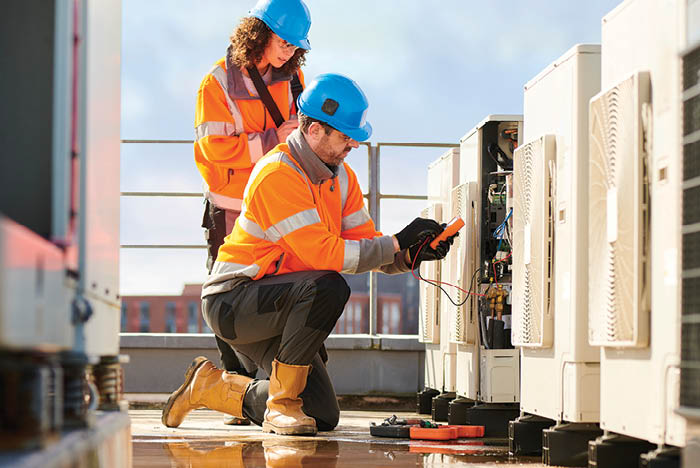Making the case for reliability asset management
Editor's note: This article is the third part of a 14-week series titled "Reliability Asset Management: Getting Started." The series explores the use of reliability-centered maintenance in health care facilities. One article will be published every other week.
First, I need to be transparent here, I’ve never implemented a Reliability-Centered Maintenance (RCM) program. I volunteered for this committee, because of my interest in implementing one and the desire to learn more about it. I also felt that it would be important for the committee to have the perspective of someone who is relatively new to the concept. That said, I do have some background in reliability asset management.
I started my maintenance career in manufacturing, where equipment downtime was easily measured in dollars and cents. When you’re not producing product and the operations staff are now all standing around with nothing to do, it’s easy to calculate the losses. Because of this, the manufacturing industry has always been focused on maintenance and reliability. Although I was not in manufacturing long enough to see the adoption of RCM, I did learn a tremendous amount about reliability engineering and predictive maintenance.
Then I started my career in health care. I’ve worked at three hospitals now, for two different organizations, and my experience has been the same at each. We barely had a functioning preventive maintenance program and the dominant philosophy was run-to-fail. We were very much in a reactive mode. I’ve worked hard to improve our processes and feel that we now have a robust preventive maintenance system with a minimum of predictive maintenance (e.g. – thermal imaging, vibration analysis, oil analysis, etc.). Now, we’re ready for the next steps; upgrading our computerized maintenance management system (CMMS) and implementing RCM.
If our mission is truly to serve our patients and staff then we need to ensure that we are always providing a safe, comfortable, and attractive environment for our patients to receive care and for our staff to provide that care. That requires a commitment to continuous improvement, individually and as a department. And, it includes every aspect of our work; leadership, department culture, policies & procedures, how we execute our work, as well as developing a true reliability asset management program.
So, why Reliability Asset Management and RCM? First, and foremost, because I am committed to continuous improvement. In the context of health care facilities maintenance, what does that really mean? To me, that means the following:
- Eliminate or reduce system & equipment failures
- Improve system & equipment performance
- Extend the life of our assets
- Optimize the maintenance program to maximize resources
- Improve compliance with CMS requirements for the AEM program
- Deliver on our mission statement and provide a better environment for patients, visitors, & staff
We want to keep the lights on and the equipment humming. We want to be part of the infection prevention solution. So, we can’t afford to have any of our equipment or systems fail. We can’t perform procedures without the lights and we can’t prevent infections without the HVAC systems we need to control temperature, humidity, air changes, and pressure relationships.
It’s not enough to just keep things running, we need to always be seeking ways to improve performance. This can include energy efficiency, air quality, comfort, or even just appearance. There’s always room for improvement.
In this era of systemic change in health care that can result in shrinking revenues, it’s important to find ways to reduce our operational expenses. One way to do this is to extend the life of our assets. The estimated useful life of depreciable assets is more of an accounting practice than the real world average of an asset’s life. We know that we can, and do, operate systems and equipment well beyond the estimated useful life, we should be using best practices to ensure that we are maintaining our equipment in the most effective manner and that we can accurately assess the life expectancy of that equipment.
Another way to reduce operational costs is to maximize our resources. How can we best deploy our staff and ensure that they are performing tasks that are only truly required? How do we make sure that we are only replacing parts or components that need to be replaced? We must find ways to reduce our labor and material costs.
CMS and TJC require us to document our Alternate Equipment Management (AEM) program. It is imperative that we develop a rigorous program that can be well defended and RCM provides just such a program.
All of this will help us deliver on our mission statement.
What I hope to get from my participation on this committee and what I hope the committee provides for all ASHE members is a clear and concise guideline for the implementation of a Reliability Asset Management program, that includes RCM. I’m confident that ASHE will deliver on this and provide us all with the practical tools we need to improve our maintenance programs.





